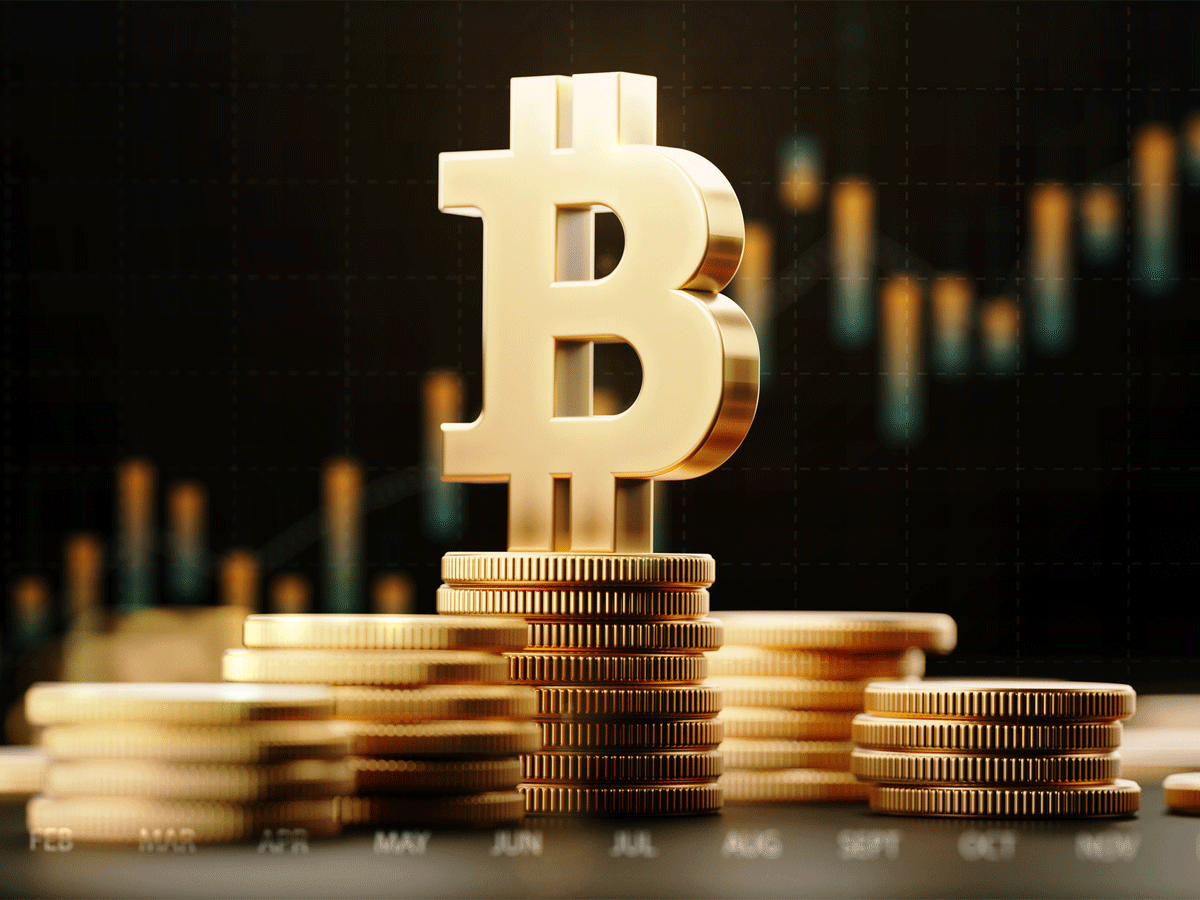TDS at 1% pushing crypto investors to grey market: Will Budget 2024 reconsider it?
[ad_1]

Amidst the conundrum of regulating VDAs efficiently, the Union Government in Budget 2022 imposed a 1% TDS (tax deducted at source) on buying and selling of VDA under Section 194S of the Income-tax Act, 1961. It entailed keeping a close watch on VDA-centric transactions and investments as well as introducing a systematic tax regime. It further intended to check VDA-centric speculations and build adequate safeguards around it. Meanwhile, all purchases, sales and transactions in VDAs are subject to a 30% capital gains tax on profits, with no provisions for reduced rates or deductions under Section 115BBH. This is irrespective of the individual’s income tax slab rate.
In March 2023, the Ministry of Finance brought all the financial services related to VDA under the ambit of the Prevention of Money Laundering Act (PMLA), 2002. Currently, 28 VDA service providers are registered with the Financial Intelligence Unit (FIU) under these regulations, which is indicative of industry compliance. Against this development, the imposition of a 1% TDS is having a negative impact with VDA investors shifting to the grey market, a maze unexplored and difficult to trace especially in the absence of reliable statistics. The taxation regime has also paved the way for regulatory arbitrage and led investors to shift to non-tax compliant international exchanges to evade taxes. This is overshadowing the government’s intent to set up a lawful tax regime and provide ease of doing business.
The ripple effects of 1% TDS are also being borne by the government’s treasury on account of non-compliance of exchanges and the shutdown of businesses. Further, the investors are at serious risk of losing their money owing to the vulnerability of grey market platforms due to scams and frauds.
There is clarity for domestic exchanges on when TDS will be deducted and deposited. However, there is absence of clarity on the applicability of 1% TDS for international exchanges. It is important to note that 1% TDS was introduced when the market was unorganized and relatively new, but with time the VDA market has evolved and there is now a greater oversight by the government through PMLA. Therefore, lowering of TDS is the right approach now as it will put India on a level playing field with other countries. India’s maiden G20 Presidency raised hopes and aspirations for businesses and the public at large. Here, India seized the opportunity to shape and lead the global VDA agenda, with the G20 New Delhi Leaders’ Declaration and pushed for a globally coordinated approach for the regulation of VDAs at the earliest to avoid incidents of regulatory arbitrage. The G20 leaders also unanimously agreed to provide greater insights to tax authorities, with respect to transactions of VDAs. It is important to note that the majority of developed and developing countries with high frequency of VDA transactions including US, UK, Canada, South Africa, Singapore, among others have a progressive tax structure. This is because there is no TDS on VDA transactions in these countries, and they also have a provision to offset losses. Meanwhile, several countries have constituted internal mechanisms to track VDA transactions to ensure tax compliance. The case-in-point here is the Canada Revenue Agency (CRA), the US and the UK which obtain investor information from centralized VDA exchanges. This would help them track VDA investment without impacting market liquidity.In this context, the time is ripe for India to reassess the existing TDS norms and their alignment with global standards such as the Crypto-Asset Reporting Framework (CARF) developed by the Organization for Economic Cooperation and Development (OECD). The framework provides for countries to seamlessly exchange tax information and transactions in VDAs in a standardized manner. The taxation regime of VDA-friendly countries such as Singapore, Germany, Switzerland, and Canada should also be studied to assess the impact of tax removal on economic prospects and consumer protection.
With respect to VDAs, it is crucial that Budget 2024 amends the prevailing tax structure, which would be in line with India’s pledge to formulate a comprehensive regulation for VDAs for the G20 countries. To enable a progressive taxation regime, it is strongly recommended that India should consider a nominal TDS rate between 0.01-0.05% to support tracking of transactions. This would also aid in tax collection if Indian investors continued to trade from Indian KYC-enabled platforms. Moreover, there should be a provision to set off or carry forward any loss from transfer of VDAs. The absence of this provision would create an hinderance in capital inflows and international investments. In a nutshell, India should adopt a progressive taxation regime towards VDAs as the move shall demonstrate the nation’s interest in global coordination and economic growth.
(The article has been authored by Shashi Mathews, Partner, INDUSLAW and Gaurav Chaudhary, Account Director, Chase India – research and public policy consulting firm. Views expressed are personal.)
 Loan, Personal Loan, Home Loan, Business Loan,Loans in India Loan in India, Personal Loan, Home Loan, Business Loan, Loans in India,Loan Finance,Loan in India, Get Instant Personal Loan,Home Loan, Business Loans in India
Loan, Personal Loan, Home Loan, Business Loan,Loans in India Loan in India, Personal Loan, Home Loan, Business Loan, Loans in India,Loan Finance,Loan in India, Get Instant Personal Loan,Home Loan, Business Loans in India